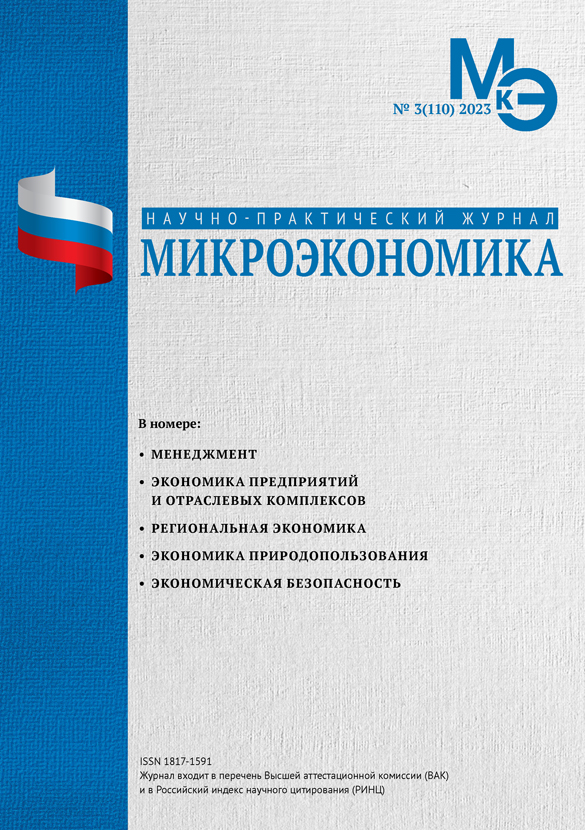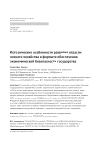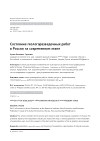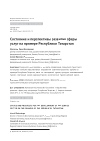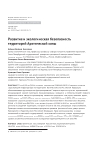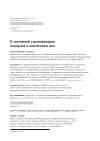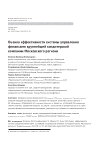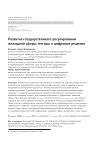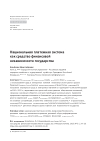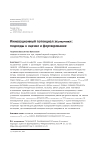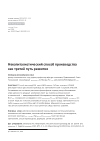Historical features of the development of the forestry industry in the format of ensuring the economic security of the state
DOI: 10.33917/mic-3.110.2023.86-92
The article examines the general historical periods of development and transformation of the structure of public administration in the system of national protection of forestry in Russia from the XVII century to the present. The prerequisites for the formation of forest law are outlined, as well as further improvement of forest legislation, in particular, the process of development of criminal responsibility is analyzed. Modern regulatory legal acts regulating the basics of state management of the forest sector of the Russian Federation are presented. The causal relationship in the commission of criminal acts in forestry is highlighted. Based on the factors generating the growth of criminogenicity in the forest industry, the main directions of the state necessary for the prevention of crimes related to illegal logging of forest plantations were given.
References:
1. Tikhomirov M.N. The Cathedral Code of 1649 / M.N. Tikhomirov, P.P. Epifanov. Moscow: Publishing house of Moscow. un-ta, 1961. 65 p.
2. Votyakova E.S. The history of the development of Criminal legislation on crimes in the sphere of entrepreneurial activity / E. S. Votyakova // Topical issues of legal sciences: materials of the International Scientific Conference (Chelyabinsk, November 2012). Chelyabinsk: Two Komsomol Members, 2012. pp. 77-79. (In Russ.).
3. Criminal Code of 1903 on state crimes. Russian legislation of the X–XX centuries: in 9 volumes / under the general editorship of O.I. Chistyakov. Vol. IX. Moscow, 1994.
4. The Forest Code of the Russian Federation of 04.12.2006 N 200-FZ (ed. of 02.07.2021) (with amendments and additions, intro. effective from 01.09.2021). – Access from the legal reference system Consultant-Plus. URL: http://www.consultant.ru/document/cons_doc_LAW_64299
5. Kiseleva L.V. The history of the development of economic crimes in the field of construction as a growing danger of undermining the economic security of the Russian Federation / L. V. Kiseleva, K. A. Zelenkov // Bulletin of the Nizhny Novgorod Academy of the Ministry of Internal Affairs of Russia. 2010;2 (13):266-268. (In Russ.).
6. Zubkova V.I. The role of criminal punishment in the prevention of crimes // Collection: Criminal correctional law: Materials of the interuniversity scientific and practical conference. Moscow, 2017;12(1):27-30. (In Russ.).
7. Kuzmichev E.P. Volumes of illegal logging of forest plantations in the Russian Federation / Kuzmichev.P., Trushinai.G., Lopatin.V. URL: http://lhi.vniilm.ru /
8. Tolpyshev G.B. Ensuring the economic security of forestry: Monograph / G.V. Tolpyshev, A.G. Svetlakov // M-vo S.-x RF, Perm State Technical University. Perm, 2020. 218 p. (In Russ.).
9. Statistical data of the FKU «GIAC of the Ministry of Internal Affairs of Russia». URL: http://www.mvd.ru


